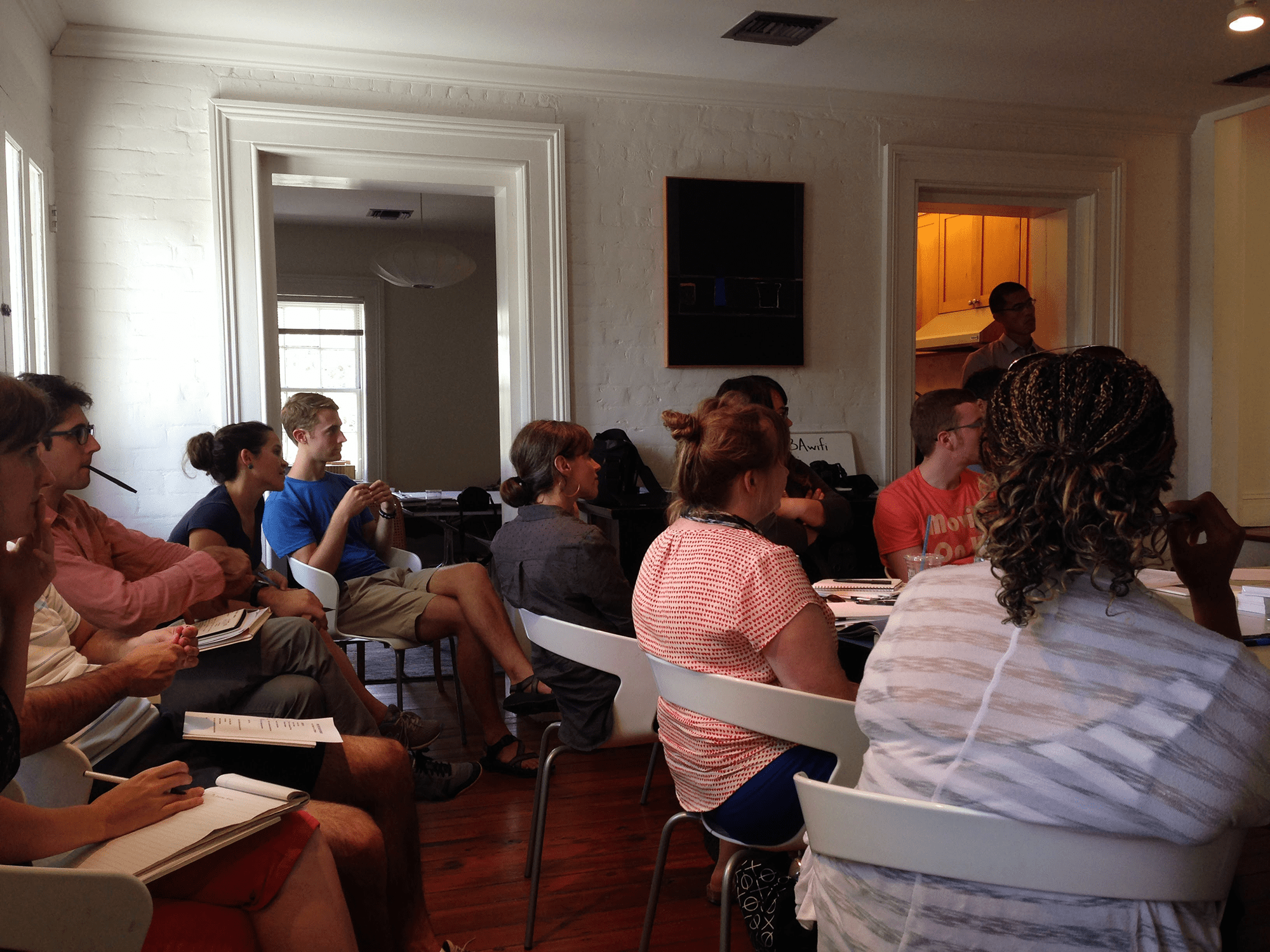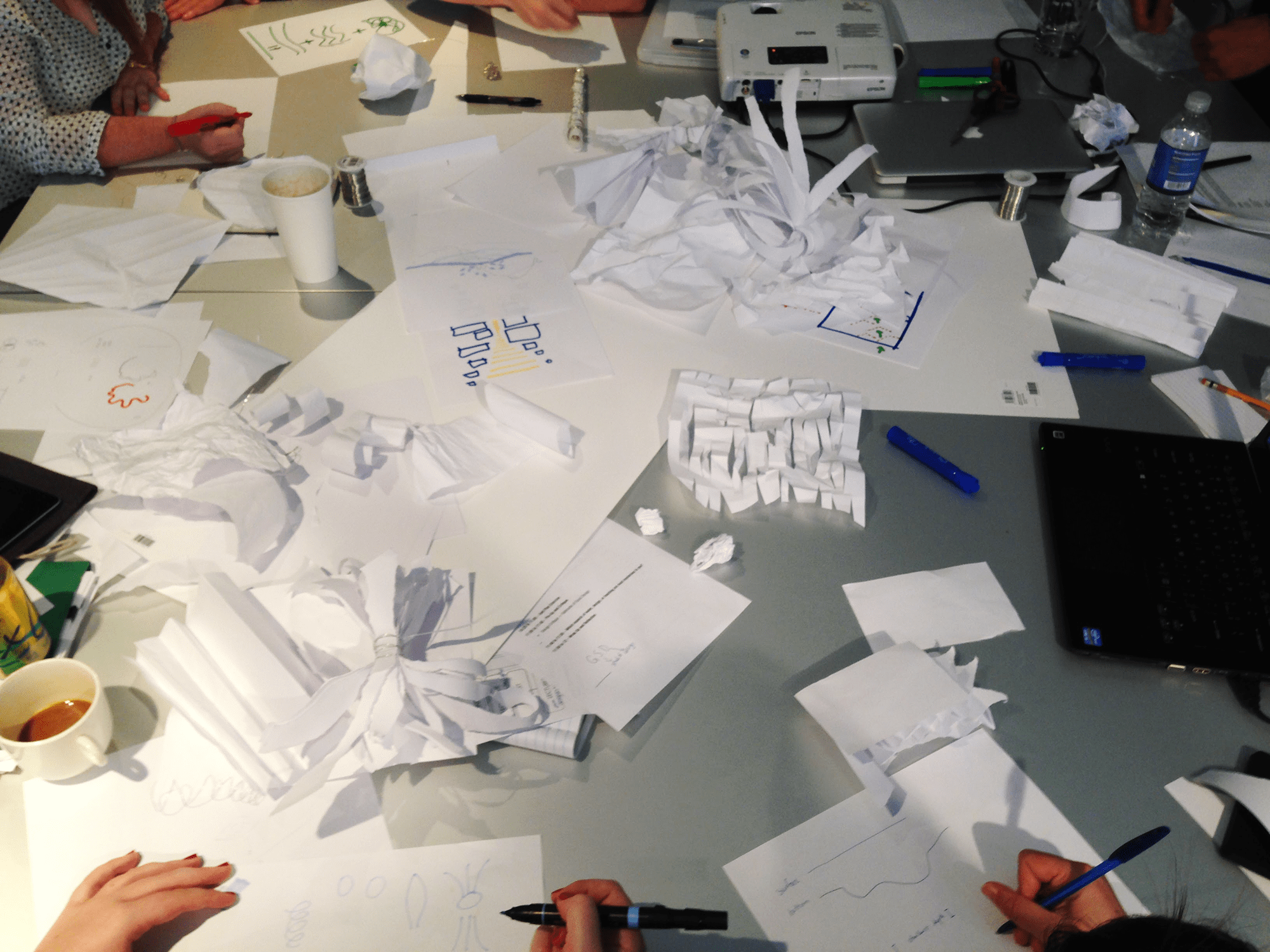RIPPLE EFFECT
Growing water literacy in New Orleans schools
through experiential learning
Ripple Effect was founded in New Orleans by teacher Claire Anderson and environmental planner Aron Chang. Along with a group of colleagues, friends, and partners, Ripple Effect piloted a place-based science curriculum at Claire’s school that used design thinking to creatively meet science standards while also addressing a need vital to Louisiana’s future: to teach the next generation about the region’s complicated relationship with water.
rippleeffectnola.com
Ripple Effect brought teachers, designers, and water experts together to create a water curriculum for K-5 classrooms. With the help of designers, teachers developed in-classroom design-based projects to introduce lessons, and in-field experiences outside the classroom to connect learning to place. While many students had heard of Bayou St. John, a waterway in the city, few had ever been out on the water, or even visited. Because the Ripple Effect curriculum used the bayou to teach students about the water cycle, the shape of landscape, city systems, and waterways, being out on the water brought the lesson full circle.



Design thinking for education
We used the EPIC framework (Empathy, Presentation, Iteration, and Collaboration) to align ideas of design thinking with ideas of teaching. We found that EPIC matched both design and teaching pretty much perfectly. Over the course of the pilot year, we took learnings from the first semester and scaled them in the second semester to connect more tightly to specific state-mandated science standards, build on design thinking techniques students had learned, and apply lessons to a greater variety of contexts, such as wetlands and infrastructure. By this point, we started to imagine a whole range of design thinking and ethnographic methods that Ripple Effect to incorporate into K-12 pedagogy in the future, and water was just the starting point.
We used the EPIC framework (Empathy, Presentation, Iteration, and Collaboration) to align ideas of design thinking with ideas of teaching. We found that EPIC matched both design and teaching pretty much perfectly. Over the course of the pilot year, we took learnings from the first semester and scaled them in the second semester to connect more tightly to specific state-mandated science standards, build on design thinking techniques students had learned, and apply lessons to a greater variety of contexts, such as wetlands and infrastructure. By this point, we started to imagine a whole range of design thinking and ethnographic methods that Ripple Effect to incorporate into K-12 pedagogy in the future, and water was just the starting point.




